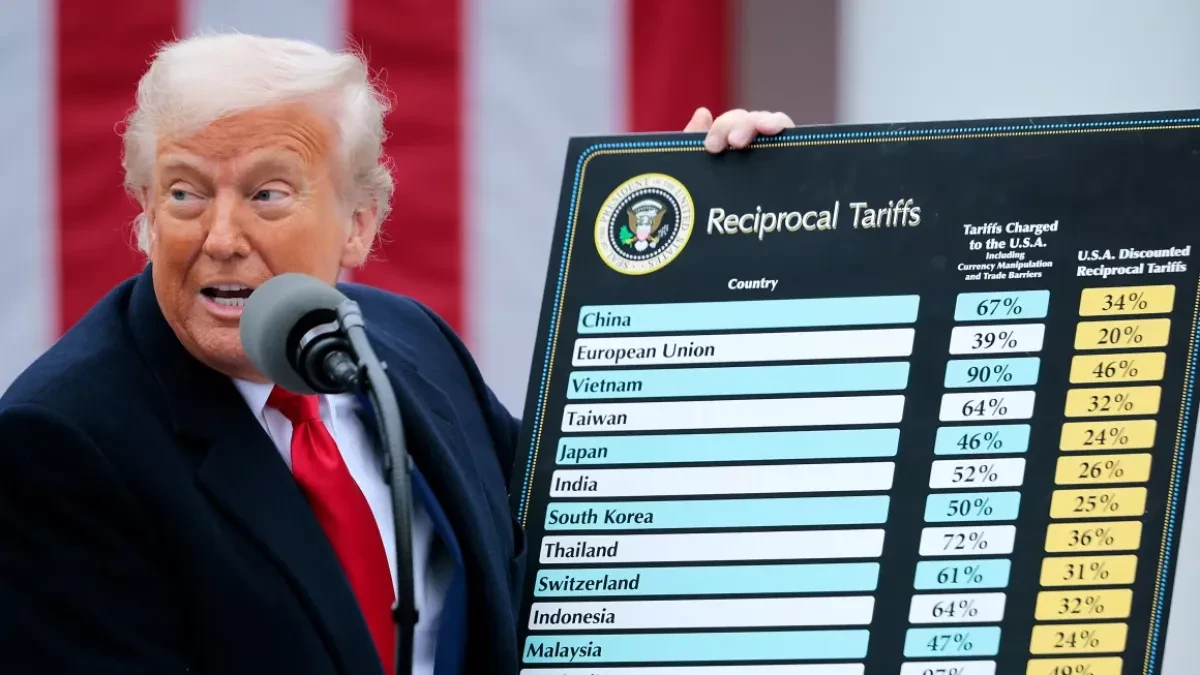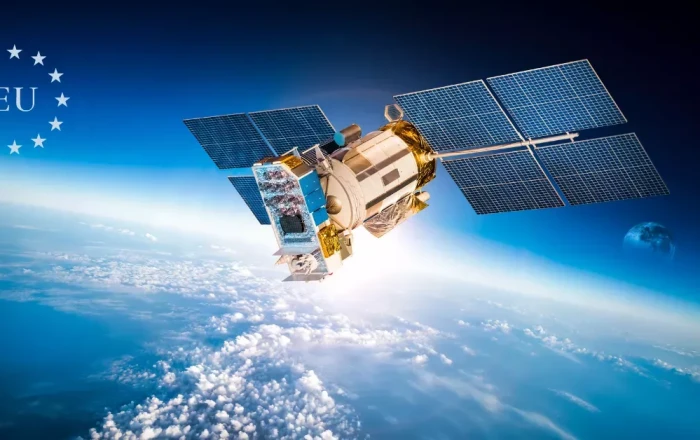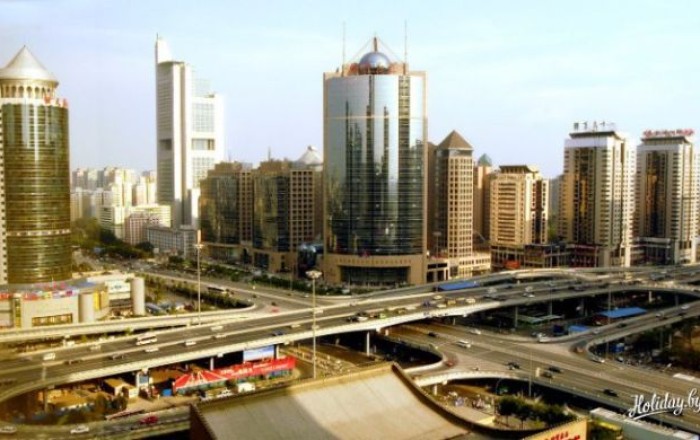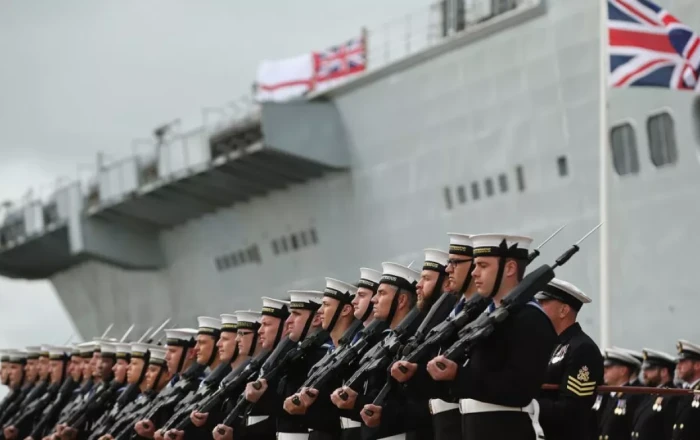In a paradox worthy of global headlines, Donald Trump’s protectionist trade war is inadvertently fuelling a golden age for Asian shipbuilders—especially in South Korea and Japan—while leaving American docks eerily quiet and its shipyards no closer to revival. An Economist article published on May 1, 2025, deftly dissects this irony, showing how Trump’s effort to curb Chinese dominance and “restore America’s maritime greatness” has instead benefited America’s East Asian allies.
The piece opens with a vivid image: across America’s waterfronts, stevedores are idle as imports plunge. Trump’s tariffs, meant to punish Chinese industry, have led to a noticeable reduction in eastbound shipments from China, which accounts for 40% of America’s seaborne imports. With importers either switching suppliers or delaying orders, even the head of the Port of Los Angeles anticipates a 10% fall in imports in late 2025.
Yet, the global shipbuilding industry is anything but stagnant. South Korea’s Hanwha Ocean, the world’s third-most-valuable standalone shipbuilder, just posted a 38% revenue increase and a fivefold jump in operating profit. Investor sentiment is bullish: shipbuilders' shares are surging, with HD Hyundai’s up nearly 40% since Trump’s latest round of tariffs. According to JPMorgan Chase’s James Sullivan, there’s still time for investors to “board” this growth trend.
The key losers in this unexpected reshuffle are Chinese shipbuilders. Yangzijiang, China’s third-largest and Singapore-listed yard, has seen its stock plunge by 25% this year. Others are similarly downbeat. The reasons are twofold: looming Western tariffs on Chinese ships and concerns that Chinese yards, once the beneficiaries of generous state support and low-interest loans, may struggle with upcoming green-tech regulations. As the Economist notes, two-thirds of global shipbuilding orders by tonnage are still placed with China—but that dominance is now under pressure.
Technological and regulatory shifts are accelerating this tilt. With the EU and the International Maritime Organisation enforcing tighter emissions standards and carbon pricing, fleet operators need cleaner, greener ships. South Korea and Japan, with their edge in building vessels powered by LNG and methanol, are best placed to capture this wave of “eco-replacement” demand.
Then there’s geopolitics. New fees on Chinese-built ships entering American ports—up to $3.5 million per voyage—are designed to wean shipping lines off Chinese tonnage. But they are unlikely to boost US shipbuilding. As the article trenchantly argues, America has not been a significant shipbuilder since the 1970s. Today, it makes just 0.1% of the world’s merchant fleet. Domestic shipyards are small, expensive, and largely geared toward naval rather than commercial construction. A typical American-built tanker can cost six times as much as one from South Korea.
Despite executive orders and patriotic rhetoric, reshoring shipbuilding appears infeasible. Even the US Navy may increasingly rely on Asian or European partners for ship modules, if not whole vessels. In short, as the Economist aptly concludes, the waters of global trade may be choppy, but seasoned shipbuilders from Seoul and Tokyo are navigating them with confidence—while America’s shipbuilding renaissance is dead in the water.
By Vugar Khalilov
Source: caliber.az












